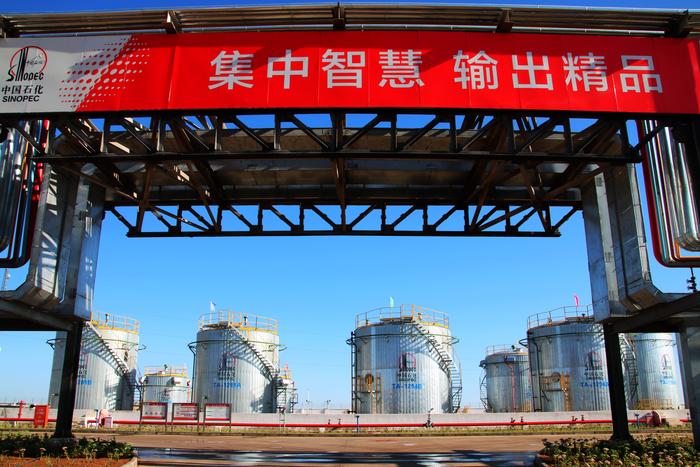|
| 2020-08-26 来源: 中国石化新闻网 |
| 石化新闻 |
中国石化新闻网讯 据8月24日Rigzone报道,美国能源信息署(EIA)最新的短期能源展望(STEO)报告显示,已上调了2020年及此后的油价预期。 EIA 6月份的短期能源展望数据显示,目前预计今年布伦特原油现货价格平均为每桶38.02美元,2021年为每桶47.88美元;预计2020年西德克萨斯中质原油(WTI)现货价格平均为每桶35.14美元,2021年为每桶43.88美元。 而在EIA 5月的报告中,布伦特原油2020年现货价格平均为每桶34.13美元,明年为每桶47.81美元;西德克萨斯中质原油今年平均为每桶30.10美元,明年为每桶43.31美元。 EIA在报告中称:“原油价格上涨的预测反映了2020年下半年至2021年全球石油库存的预期下降。高库存水平和闲置原油产能将限制未来几个月的价格上上涨。但到了2021年,随着库存下降,价格上行支撑力将增加。” EIA预计,全球石油库存将在6月份开始下降,比此前的预测早了一个月。EIA称,6月份全球石油产量大幅下降,全球石油需求高于此前预期,这是石油需求高于预期的结果。 EIA估计,5月底的全球石油库存比2019年底高出14亿桶。 王佳晶 摘译自 Rigzone 原文如下: EIA Raises Oil Price Forecasts The U.S. Energy Information Administration (EIA) has raised its oil price forecasts for 2020 and beyond, its latest short term energy outlook (STEO) report has revealed. The EIA now expects the Brent spot price to average $38.02 per barrel this year and $47.88 per barrel in 2021, according to its June STEO. Back in the EIA’s May STEO, the Brent spot price was expected to average $34.13 per barrel this year and $47.81 per barrel next year. West Texas Intermediate (WTI) spot prices are expected to average $35.14 per barrel in 2020 and $43.88 per barrel in 2021, the EIA’s June STEO shows. These prices were forecasted to average $30.10 per barrel this year and $43.31 per barrel next year in the EIA’s previous STEO. “The forecast of rising crude oil prices reflects expected declines in global oil inventories during the second half of 2020 and through 2021,” the EIA stated in its June STEO, which was released on Tuesday. “EIA expects high inventory levels and spare crude oil production capacity will limit upward price pressures in the coming months, but as inventories decline into 2021, those upward price pressures will increase,” the EIA added. The EIA now expects global oil inventories will begin declining in June, a month earlier than previously forecasted. The sooner than expected draws are the result of sharper declines in global oil production during June and higher global oil demand than previously expected, according to the EIA. Global oil inventories at the end of May stood 1.4 billion barrels higher than they were at the end of 2019, the EIA estimates. |








